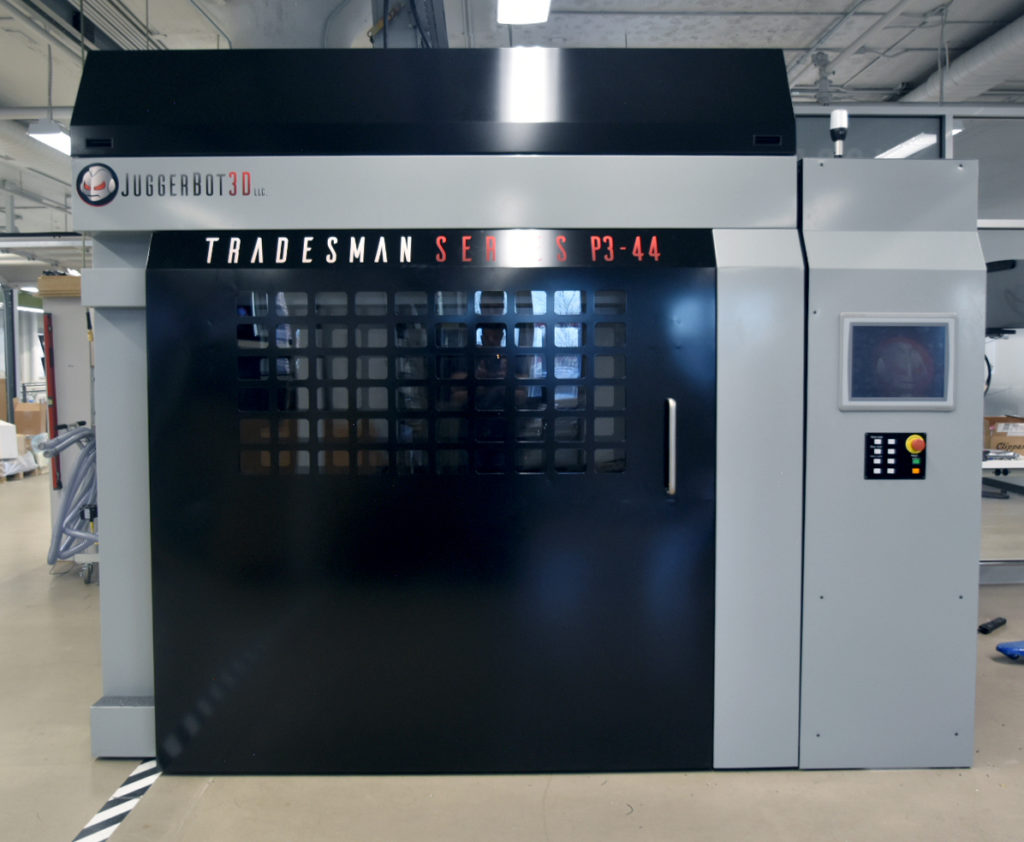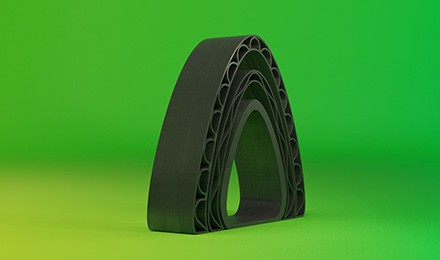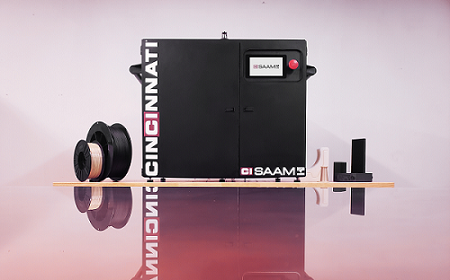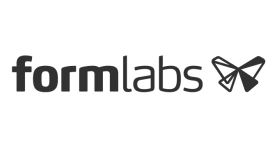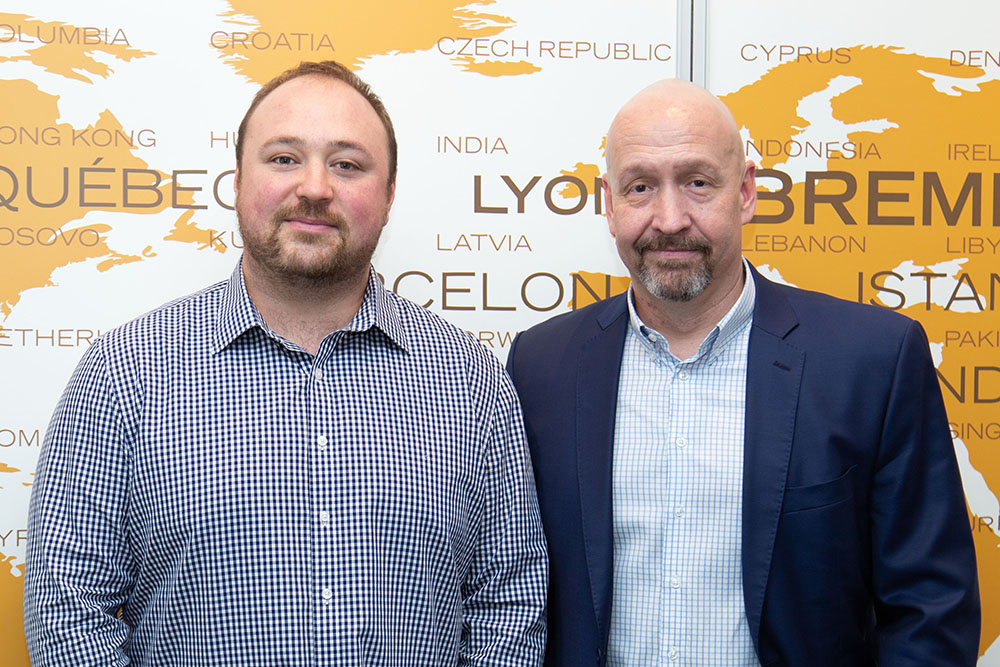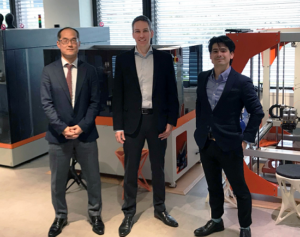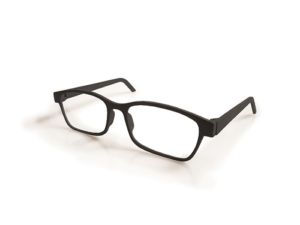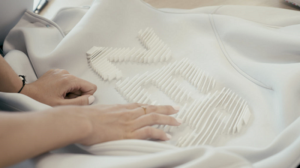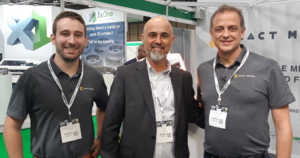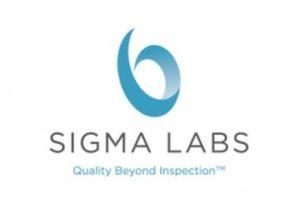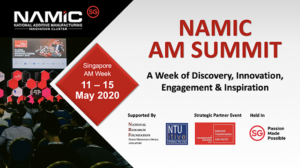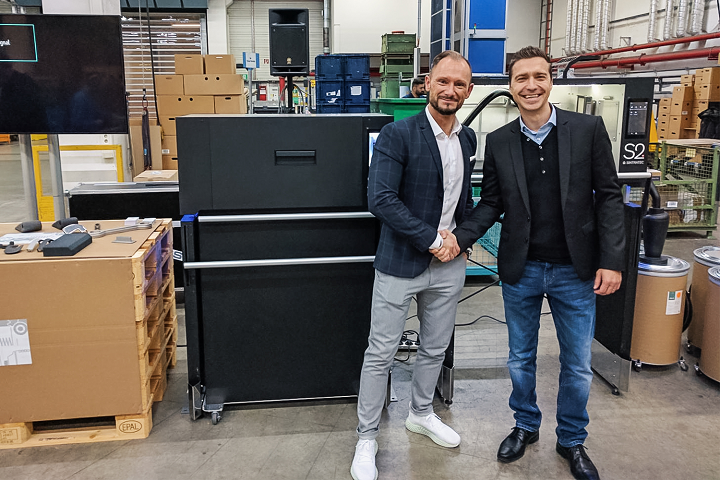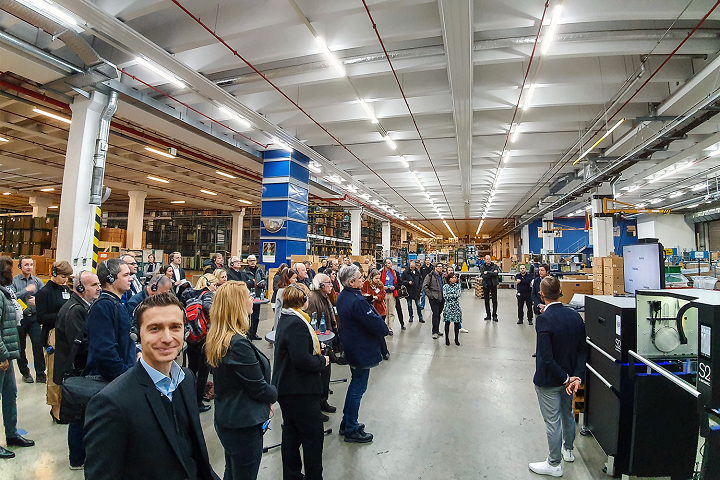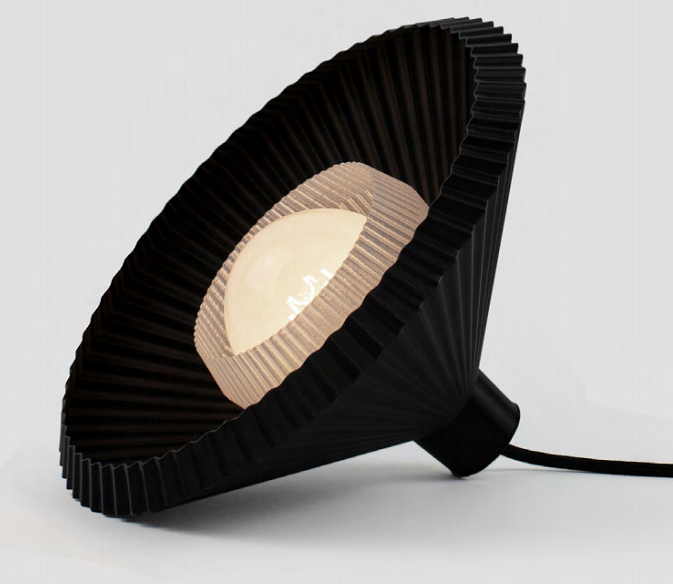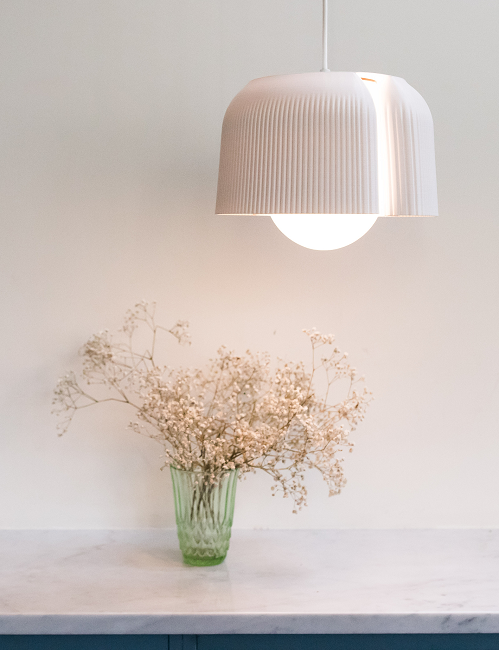Würth Industry of North America (WINA) has announced that it will distribute Markforged 3D printing products to its customers throughout the general manufacturing, oil & gas, heavy equipment and transportation markets. The agreement further secures the place of Markforged within the general manufacturing segment, as well as introduces a large German company to the additive manufacturing (AM) sector.
WINA is the North American subsidiary of the Würth Group, one of Germany’s largest private companies, with annual revenues of €14.27 billion in 2019, over 78,000 employees and over 400 companies in 86 countries. The group is a wholesaler of a variety of products ranging from fasteners, safety equipment and maintenance repair and operational items to chemicals, electronic and electromechanical components, inventory management, storage and retrieval systems. WINA itself is valued by the group at $1 billion.

From left to right, Dan Hill, Chief Executive Officer for Würth Industry North America and Greg Mark, CEO and founder of Markforged. Image courtesy of Würth Industry North America.
Through the partnership, Würth will provide metal and composite 3D printing services and parts, as well as digital Kanban solutions for inventory management. In the case of the former, WINA will use such Markforged technologies as its bound metal deposition and Continuous Filament Fabrication for 3D printing metal parts and polymer parts reinforced with materials such as carbon fiber, fiberglass and Kevlar.
As for the latter, Würth provides its CPS KANBAN service brand to manage warehouse and production operations using patented bins and RFID technology. Markforged 3D printing technology will be integrated such that customers can reduce their physical inventory.
Dan Hill, chief executive officer for Würth Industry North America, put it this way: “By integrating Markforged 3D Printing technology with our existing kanban programs, we are able to offer quicker time to market and lower inventory costs. We’re able to cut out the sourcing, purchasing, and transportation costs and deliver the value directly to the customer.”
The partnership is a significant one for understanding the growth and direction of AM in the general industry and tooling segment, as well as the other markets that Würth serves. SmarTech Analysis projects that AM for this sector will result in $5.48 billion in total revenue by 2029 due to the number of large companies like Würth understanding the opportunities the technology presents for general industry and tooling businesses.
The services sub-segment is a particularly interesting one to watch. As mentioned in our recent story on SmarTech’s general industry and tooling report, a number of unique companies are now involved in providing 3D printing services, beyond your household names (Materialise, Stratasys, 3D Systems, etc.). Sandvik, Parmatech, Kennametal, Phoenix Contact, GKN Additive and SMS Group all have specialty offerings. Whereas Sandvik and Kennametal are focused on 3D printing with their own metal powders, GKN and Parmatech are offering HP’s Metal Jet. GKN also provides copper 3D printing services, alongside other metal powder bed fusion printing technologies. Phoenix Contact and SMS Group have their own specialized services. Now, the Würth Group is providing bound metal deposition and composite 3D printing, two very different technologies.
Given its size and established role in this space, Würth may play an important role in broader adoption of AM within general industry and tooling, which will also bleed into other verticals in which the company operates. For instance, it has worked with a wide range of motorsports teams in a variety of series, including Formula One, Formula E, DTM, NASCAR and V8 Supercars. Motorsports is both an area where 3D printing thrives, due to its ability to produce small numbers of specialty, high-performance parts, and an area in which Markforged has a great deal of experience, given founder Greg Mark’s prior history in the industry.
While the group will continue its work in the still profitable oil and gas segment, current disruptions in oil prices indicate that Würth’s moves to invest in solar energy will become increasingly valuable. In 2006, it opened a plant dedicated to new types of solar cells that use copper, indium and selenium instead of silicon. It will be interesting to see how Markforged 3D printing technology, including pure copper 3D printing, will be utilized in these sectors, as well.
The post German Giant Würth Group Offers Markforged 3D Printing Services appeared first on 3DPrint.com | The Voice of 3D Printing / Additive Manufacturing.


